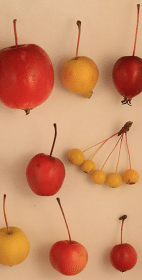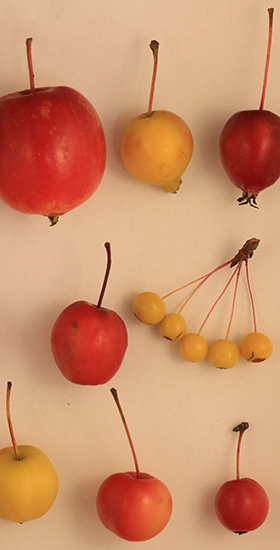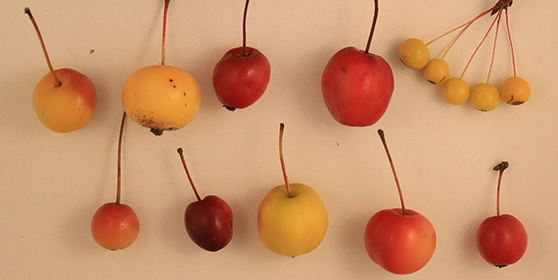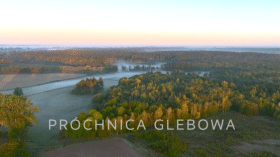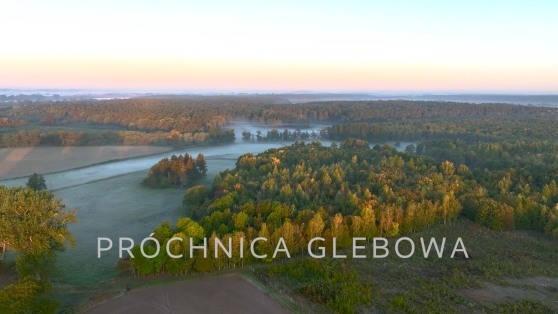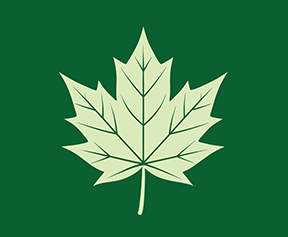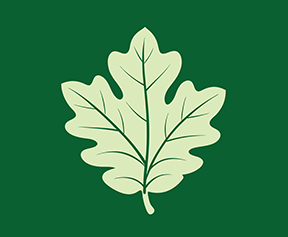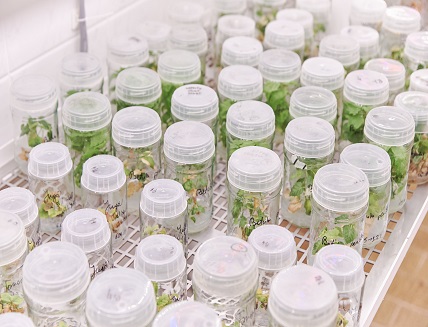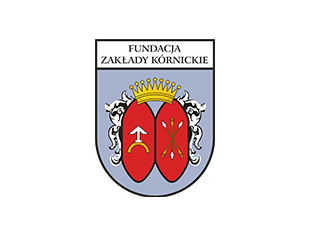Abstract:
Carpathian Scots pine populations having peripheral distribution within the species’ range are often sustained in specific types of habitats, such as peat bogs and rocky surfaces or lime consisting sandy substrates. Due to their long time adaptive processes, which involve genotypes that can be preadapted to a given selection pressure, historically isolated populations are subjects of particular interest in studies of in situ adaptation. In this study we focus on detecting the level of phenotypic differentiation based on cone morphology and needle anatomy in marginal populations of Pinus sylvestris L. in the Pannonian Basin and the Carpathian Mountains. Six cone morphological and eight needle anatomical characters were measured and four cone morphological and four needle anatomical ratios were calculated. Our results in concordance with paleobotanical data indicate a common origin of the populations from the Northern Carpathians and the Pannonian Basin. High levels of variation were observed in cone morphology. Discriminant function analysis based on the eight cone characteristics revealed clearly discernible groups of populations and indicated significant differentiation among populations growing in peat bogs and on rocky substrates. Significant differences among populations from different habitats were also revealed by comparing needle anatomical variables. The phenotypic differentiation by habitat type based on the measured characters might be evaluated as a sign of local adaptation with detectable phenotypic patterns.
Keywords: adaptation, cone morphology, geographic differentiation, needle anatomy















